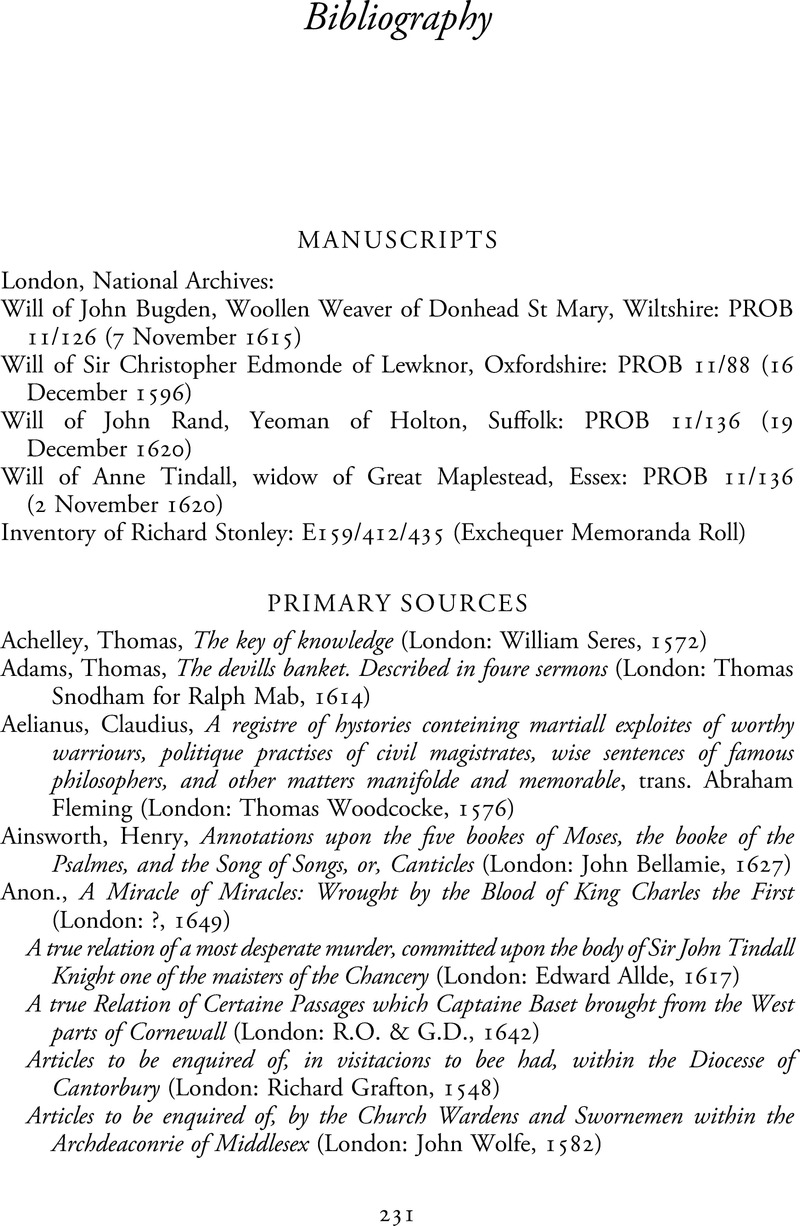Book contents
- Boxes and Books in Early Modern England
- Boxes and Books in Early Modern England
- Copyright page
- Contents
- Figures
- Acknowledgments
- A Note on Texts
- Introduction
- Chapter 1 Chests of the Mind in Early Modern England
- Chapter 2 The Renaissance of the Box
- Chapter 3 The Word in a Box
- Chapter 4 How to Read a Reliquary
- Chapter 5 ‘Because this box we know’
- Conclusion
- Bibliography
- Primary Sources
- Secondary Sources
- Index
- References
- Boxes and Books in Early Modern England
- Boxes and Books in Early Modern England
- Copyright page
- Contents
- Figures
- Acknowledgments
- A Note on Texts
- Introduction
- Chapter 1 Chests of the Mind in Early Modern England
- Chapter 2 The Renaissance of the Box
- Chapter 3 The Word in a Box
- Chapter 4 How to Read a Reliquary
- Chapter 5 ‘Because this box we know’
- Conclusion
- Bibliography
- Primary Sources
- Secondary Sources
- Index
- References
Summary

- Type
- Chapter
- Information
- Boxes and Books in Early Modern EnglandMateriality, Metaphor, Containment, pp. 239 - 251Publisher: Cambridge University PressPrint publication year: 2021



